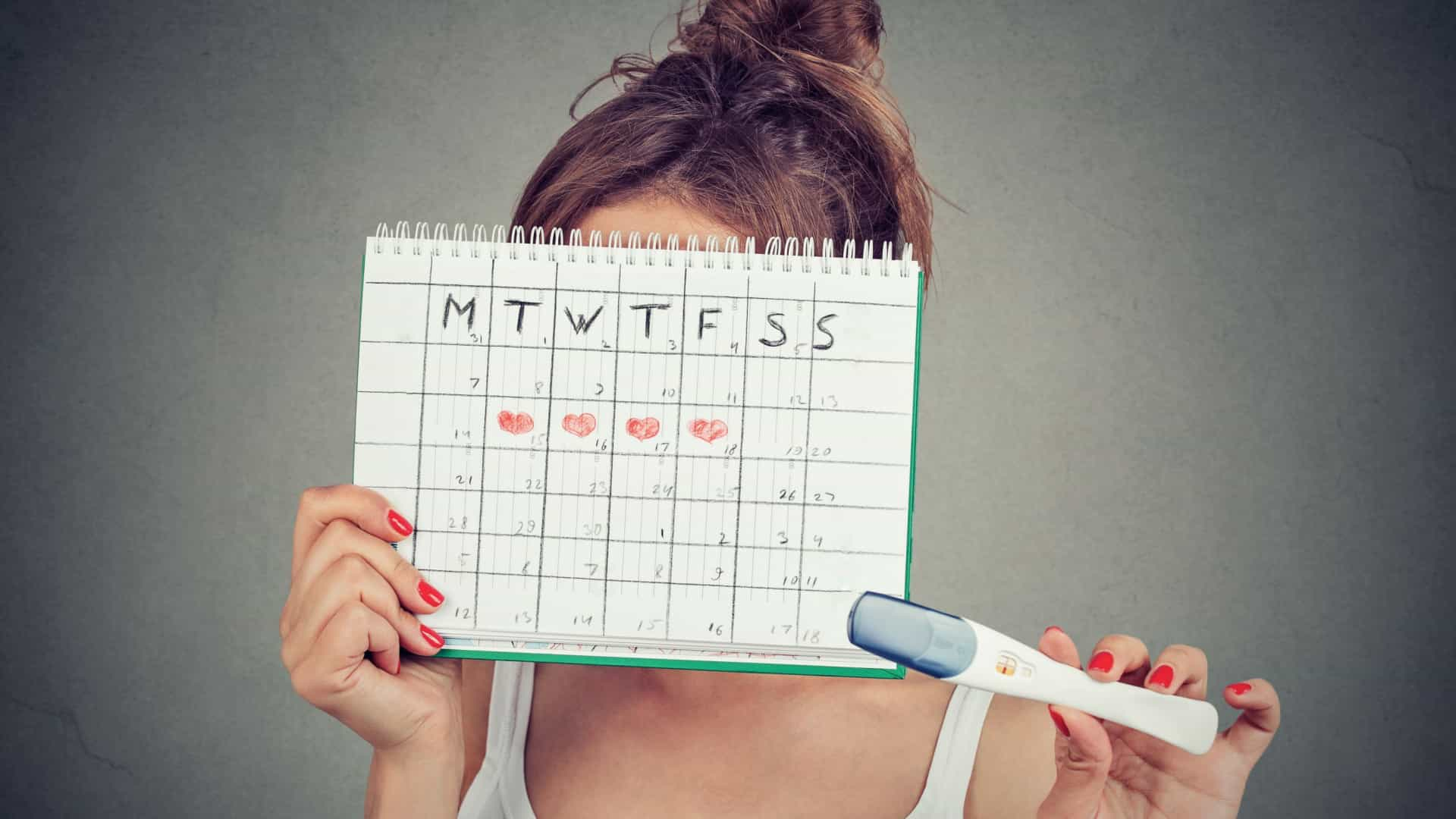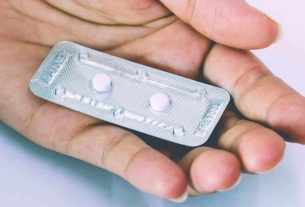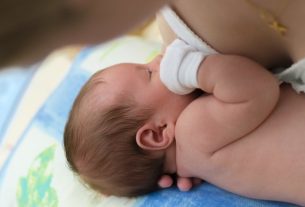The fertile period is a phase in every woman’s reproductive and hormonal cycle, so through it it is possible to monitor and control health.
Within the menstrual cycle, we have the fertile period which, basically, are the days within the menstrual cycle in which a woman can become pregnant. In fact, it is a phase that only women experience, because, unlike men, who produce sperm all the time, women only release one or two eggs once a month. In other words, the fertile period means that at this stage the woman has a high chance of getting pregnant.
Therefore, it is very important to know exactly when the fertile period is, both for those who want to get pregnant and those who want to avoid it. This way, it is clear when you should have intimate contact because this increases the chances of pregnancy. Therefore, there are some ways to calculate when it will be yours.
Normally the calculation also considers the time that the sperm has to fertilize this egg, as they survive in the body for between 3 and 5 days.
When does the fertile period occur?

As previously mentioned, the fertile period is the ideal time to get pregnant. It is characterized by ovulation and other symptoms. It normally occurs on average 14 days before menstruation and lasts around 6 to 7 days. Therefore, in order to help mothers-in-training identify this, the fertile period calculator was created.
However, the calculator cannot provide the exact day of ovulation or the fertile period, it is all a prediction. This is because each woman has a different body and this tool uses a standard calculation. To really know the exact day, it is best to use ovulation tests.
In any case, a woman’s ovulation occurs around the 14th day of the menstrual cycle. This calculation must be done from the first day of menstruation. To be sure, you can consider the fertile period two days before and after to make sure you have counted the entire fertile period.
Symptoms of the fertile period

The fertile period is strongly marked by increased vaginal secretion. Despite this, when the egg is released from the ovary and reaches the Fallopian tubes, other symptoms appear throughout the body. This means that it is ready to be fertilized by sperm and begin pregnancy. Finally, see the main symptoms:
Increased libido and appetite
It occurs due to an increase in hormone levels. So the woman feels more attractive and has more sexual desire.
Transparent vaginal secretion
At this stage, a hormone called estradiol is released, which produces more liquid than usual. It’s like your body has a lubrication mechanism to help sperm enter the vaginal canal. The secretion is like a thick liquid, reminiscent of raw egg white.
Irritation and emotional instability
Some women may experience an unstable mood and this may indicate symptoms of the fertile period.
Slight increase in temperature
This occurs because the follicles release eggs, which increase the amount of a hormone called progesterone, responsible for increasing the temperature by 0.3 to 0.8ºC. You can measure it with a thermometer as soon as you wake up, without getting out of bed.
Pain in the lower abdomen
Among all the symptoms, some women may experience cramping pain that appears and disappears. This is the concrete indication that ovulation is really happening.
Acne – pimples
It is one of the signs that is most easily perceived by most women. This is because the skin becomes a little more oily and small pimples and blackheads can appear, even after adolescence.
How to calculate the fertile period

It’s very simple, just enter the number of days your cycle has, the day it last started and that’s it.
To calculate the fertile period, a stable cycle of exact days is used as a basis. Normally a cycle can last from 21 to 40 days, women with short cycles of 21 days have a much shorter follicle stimulating phase period than women with long cycles of around 35 or 40 days.
For those with an irregular cycle, calculating the fertile period is not safe. Whether you are trying to get pregnant or not, as the menstrual cycle does not always come at the same time, the calculations can end up being wrong.
However, one way to know when the fertile period is in the case of an irregular cycle is to write down the length of each menstrual cycle for a year and then subtract 18 days from the shortest cycle and 11 days from the longest cycle.
For example: If your shortest cycle was 22 days and the longest cycle was 28 days, then: 22 – 18 = 4 and 28 – 11 = 17, that is, the fertile period will be between the 4th and 17th days of the cycle.
A more accurate way to know the fertile period in case of an irregular cycle for women who want to get pregnant, once again, is to use the ovulation test that can be purchased at the pharmacy. And also pay attention to signs of a fertile period, such as discharge similar to egg white.
After all, did you like this article? Read also: PMS symptoms – What are the symptoms and how to identify them.
Sources: Minhavida, Tuasaúde, Trocandofraudas
Featured Image: Novamais

Sign up for our newsletter and stay up to date with exclusive news
that can transform your routine!
Warning: Undefined array key "title" in /home/storelat/public_html/wp-content/plugins/link-whisper-premium/templates/frontend/related-posts.php on line 12
Warning: Undefined array key "title_tag" in /home/storelat/public_html/wp-content/plugins/link-whisper-premium/templates/frontend/related-posts.php on line 13




